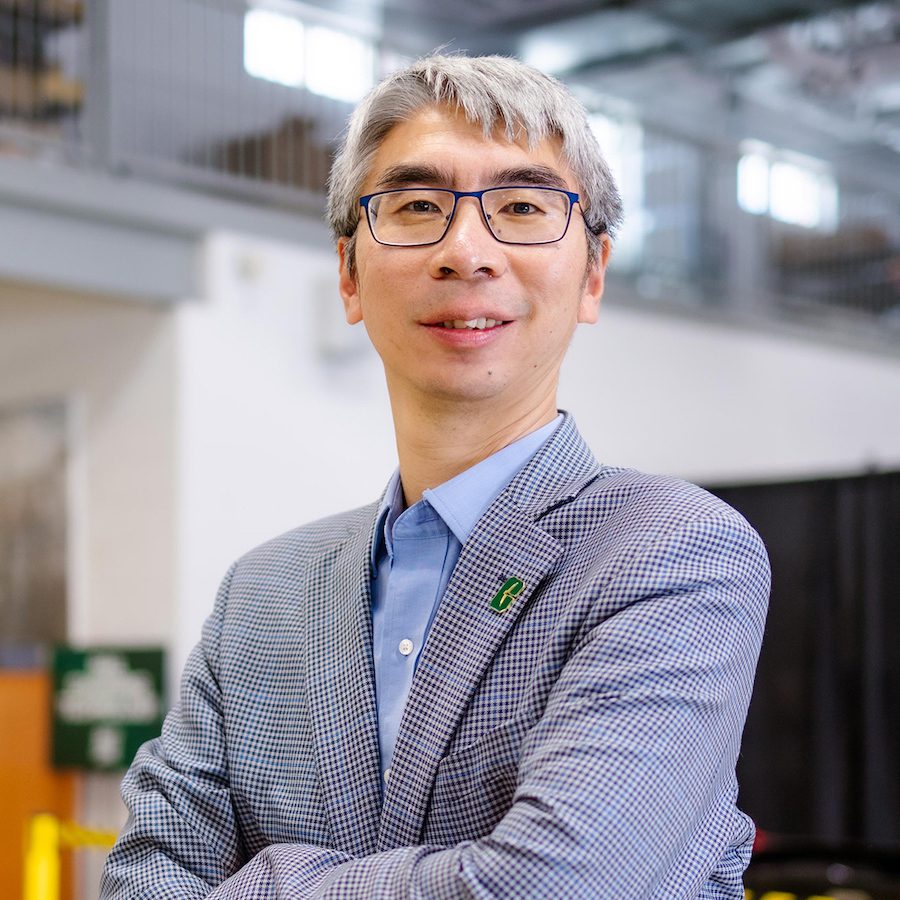Supersizing energy efficiency by unlocking the potential of superlattice

Xiang Chen wins NSF CAREER award to explore the complexities of energy supportive materials
Imagine creating a material by stacking incredibly thin, alternating layers of different substances, each layer precisely controlled in its thickness. This is essentially what a superlattice is. When these superlattices are designed to help ions, or electrically charged particles, conduct their charge, they become exceptionally effective at moving energy.
Superlattices may have the potential to fundamentally change how energy is moved. The material also could possibly enhance conductivity of energy, making it incredibly promising for a wide range of modern technologies. For instance, they could significantly improve devices in renewable energy (like batteries and fuel cells), enhance the sensitivity and speed of sensors, and optimize the performance of microelectronic components in computers and smartphones.
However, the path to fully utilizing these materials isn’t straightforward. There are complex interactions at play within the superlattice itself: tiny imperfections in the structure (called structural defects), the movement of the ions themselves, and the influence of heat. Understanding how all these factors interact is crucial, as they can either hinder or help the ion conduction.
Xiang (Shawn) Chen, assistant professor of mechanical engineering with W.S. Lee College of Engineering, is working to unravel these complex relationships. She has earned an NSF CAREER award of $515,926 for her research proposal, “Explore Defect-Engineering-Facilitated Phonon Localization/Delocalization and Its Impact on Ion Diffusion in Ionic-Conducting Superlattices.”

Chen’s research on advanced energy materials directly supports the mission of the North Carolina BATT CAVE Research Center to drive innovation in energy storage, autonomous vehicles, and electrification. We are proud to support her work, and her NSF CAREER Award highlights the impactful and forward-looking research happening within our center.
– Tiefu Zhao, interim director of the North Carolina Battery Complexity, Autonomous Vehicle and Electrification Center, BATT CAVE
Through high performance computing, Chen conducts simulations which help developing a comprehensive review and documentation of these defects and how they impact the ion conductivity. She is decoding how structural defects influence the effectiveness of the superlattice, which will help scientists and engineers worldwide better understand and control the material.
Chen’s ultimate goal is to unlock the full potential of these ionic-conducting superlattices, pushing the boundaries of what’s currently possible in various technological fields. This can lead to more efficient energy storage solutions and higher-performing electronics, with implications for commercialized products like solar panels and other renewable energy materials, laptops and smartphones, optical devices and more.